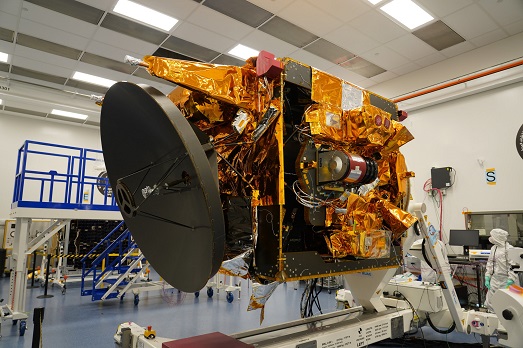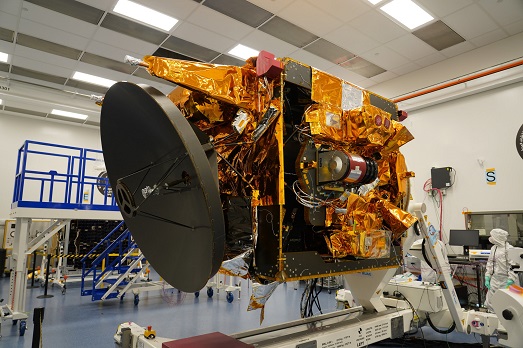Successfully launched into space in end of July, the US's Perseverance is now speeding at more than 50,000km/h towards the red planet. As one of the pioneers of Solar System exploration, the US had a head start and scored early success in the first successful fly-by of Mars (Mariner 4) as early as the 1960s. However, two newcomers have also joined US in this year's launch window to Mars. They are the United Arab Emirates' Hope and China's Tianwen-1.
All three missions are quite distinct and unique in their own right in terms of mission approach and objectives. The UAE chose to send a probe to Mars, which is currently 100 million km away, as its first space mission ever conducted. One special feature of this mission is its high degree of international participation. The Hope probe was jointly developed by the UAE with several American universities. Its journey to Mars began with a blast-off atop a Japanese rocket at the Tanegashima Space Center in Japan. Right now, it is utilising NASA's Deep Space Network to transmit data and signal back to Earth. Through occupying a unique orbit never taken by other probes before, the Hope probe will collect data at different altitudes of the Martian atmosphere through various seasons of the year. It will help scientists better understand the evolution of Mars, shedding light on what makes its atmosphere thin out and eventually dominated by carbon dioxide, and why liquid water no longer exists on the planet surface.
China commenced its first Mars exploration mission by launching Tianwen-1 on 23 July with the blast-off of the Long March-5 Y4 carrier rocket. Tianwen-1 aims to complete "orbiting, landing and roving" in this mission. One of the major tasks of Tianwen-1 is to fathom the possibility of life on Mars through radar to search for pockets of subsurface water. A research team from Hong Kong has also contributed to this challenging mission. Led by Professor YUNG Kai-leung of The Hong Kong Polytechnic University, the team developed the "Mars Landing Surveillance Camera" with CAST. Mounted on the lander, it will be used for collecting data to monitor the landing status. The information is critical for the successful movement of the rover across the Martian surface.
Launch into space is only the first step. The three Martian probes are scheduled to arrive at Mars in February 2021. We anticipate these missions would bring about knowledge and experience that are precious to our future exploration of the Solar System. Through these missions we can learn more about planetary evolution, the origin of life and the possibility of future human migration to other planets.




